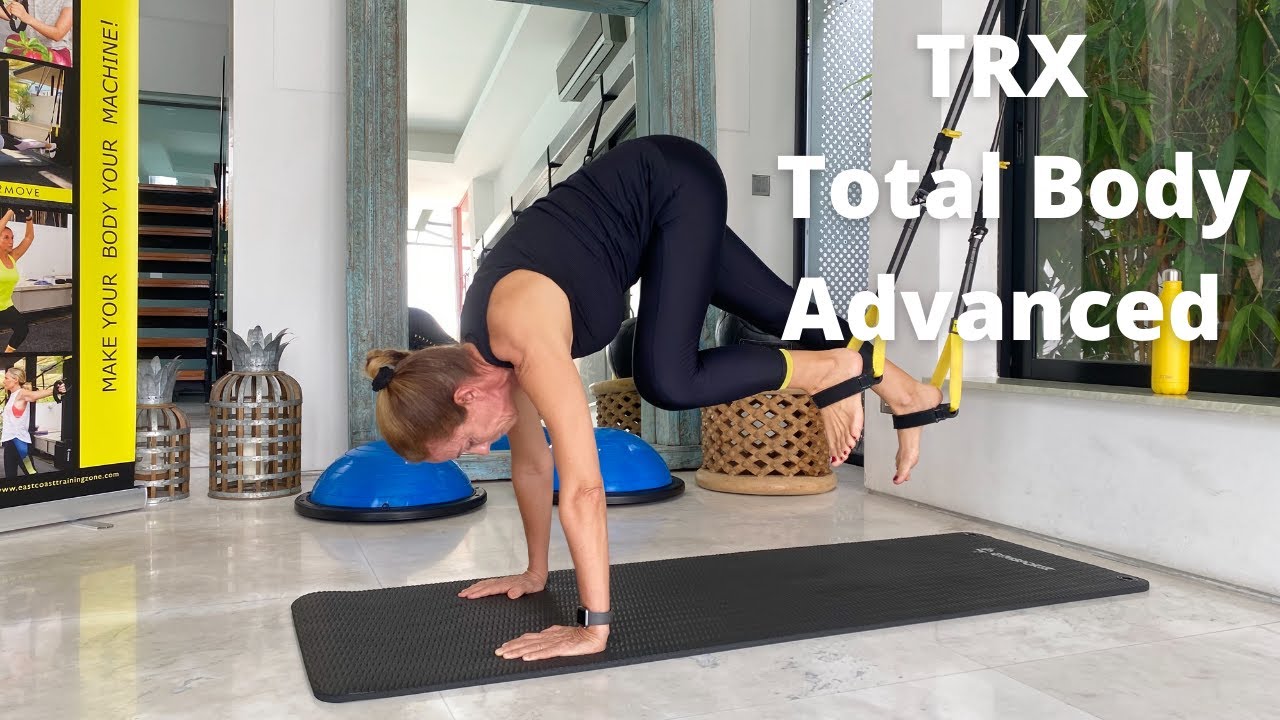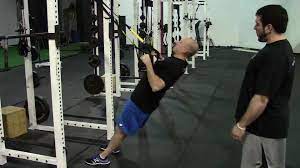If you've completed the TRX Suspension Training Course (STC), you can take solace in fact that you now have a solid foundation for movement-based training -- which is huge. Even if you never take another fitness education course again, the principles taught in the STC will take you far. Having said that, this is just the beginning of an awesome journey. The next steps - and the principles that we’ll be introducing to you on those next steps - will truly get you to the top of your game. (And we can say this with total confidence because we have spent over a decade doing our own research, meticulously combing through the research of other experts, testing, training, trying new things, and retesting old things).
The downloadable PDF below is a visual reference that distills the high-level tenets of the TRX Training Philosophy into one easy-to-follow reference doc - because you know what they say, “use it, or lose it!” We encourage you to print it out, keep it on your iPad, or even blow it up and paste it on the wall (don’t laugh, that’s what we do;-). While many of these little acronyms and colorful line drawings don’t seem like much at face value, they hold so much powerful information on their back-end. As you will see, a lot of this stuff should look familiar to you from the STC - ie. the TRX Foundational Movements, Stable vs. Mobile, and NAPS-MR, and the remainder provides insight to the next step in your TRX Education Journey.
BREAKIN’ IT DOWN
As a point of reference, we’re going to go through this cheat sheet and provide you with some context. As we said, a lot of this will be review from the STC (which is still fresh) but there are some other nuggets that are new, so we’re just going to take it from the top.
OVERVIEW:
The top part of the infographic is basically the promise of TRX Education. We will deliver a digestible, ready-to-use approach to coaching movement that starts with learning the TRX Foundational Movement Standards (on and off the TRX Suspension Trainer®). We will also give you tips and tricks for communicating and integrating these principles with your clients (cueing, application, etc). Once you master these, you will be able to competently coach any person or group, on any modality, in any environment. Pretty powerful stuff.
APPLICATION (this may look familiar):
SETTING THE STANDARD:
Translation: Get really, really good at coaching the TRX Foundational Movements (the planks, pulls, pushes, etc)... on and off the TRX Suspension Trainer.
The first step in becoming a solid TRX Coach starts with mastering your movement standards. We do this by understanding what should be stable, and what should be mobile for each TRX Foundational Movement
Think about it, every single thing we do in life starts with movement (and most likely, it's one of the TRX Foundational Movements). So if you have those down, you’re starting to get dangerous - in a good way. Since you’ve all taken the STC, you should be able to spot and correct a lousy plank in your sleep. Which moves us right along to the next step.

CHANGING THE CONDITIONS:
Translation: Conditions = altering the challenge of the movement with a modification or piece of equipment, while keeping the standards the same.
This portion happens a bit in the STC - but we really dive into it in our live courses and in TRX CORE content (coming soon). Essentially, once you, or your client, meet the standard of the movement, you can then change the condition. Still scratching your head? Basically that means, whether you’re using kettlebells, battle ropes, or teaching your kid how to crush free throws, if you can successfully apply/coach the standard of movement, you can successfully coach the exercise, regardless of what tool you are using.
COMMUNICATION:
A large piece to the TRX Coaching Philosophy is how we communicate. In other words, how we cue an exercise, how we correct form, and how to open and close any workout.
NAPS-MR:
As you likely remember from the STC, NAPS-MR is a cueing convention designed to create a system for delivering cues in a way that is clear, concise and standardized. It’s meant to make sure that everyone understands and performs proper set-up, exercise start position and execution together. This not only makes it easier for the trainer, but it gives a consistent experience to the client.
The execution of NAPS-MR cueing should be as follows:
Name of exercise
Adjustment of TRX (length, mid-length, etc)
Position relative to the anchor point
Start posture / alignment
Movement cure from start position to mid-point
Return cure from midpoint to end/start position
NEXT LEVEL CUEING: SWING THOUGHTS
When you continue advancing through TRX Education Courses, your coaching communication skills will expand into “Swing Thoughts.” This next-level cueing convention is designed to help you correct common faults in a way that your clients will easily understand. For instance, for a plank, you say “body like a surfboard.” It’s amazing how well this works.
MASTERING - WE HAND OVER THE SECRET RECIPES!
Once you master the principles behind the TRX Coaching Philosophy, we hand over the recipe. What does this mean? Essentially, we show you - through the TRX Programming Lenses - how to create balanced workouts and/or programs on your own. You know the old saying, “give a man a fish and he has something to eat for a day; teach a man to fish and he has something to eat forever.” The TRX Programming Lenses are our way of teaching you how to fish.
So get out there and keep learning! We promise, it will pay huge dividends in the long run.
Click here to check out TRX Education in the US!
Click here to check out TRX Education in the UK!



